
Grand Bend, Ontario
Lambton County, est. 3,031 residents
Grand Bend, Ontario, is a small town that transforms into a booming summer destination people have been visiting since the 1870s. The area is located on the traditional territory of the Attawandaron and Ojibwe/Chippewa First Nations, which was ceded to the Crown as part of the Huron Tract in the early 1800s.
English and Scottish settlers purchased lots situated on the south side of the present village from the Canada Company throughout the 1830s. Benjamin Brewster and Mr. Pettis received patents to form Brewster, Pettis and Company and negotiated timber rights and the sale of adjacent land from the Canada Company. The rights were secured with the stipulation that a sawmill and mill dam would need to be built, which they were in 1832.
The area was first named Brewster or Brewster’s Mill and held several others throughout its history, including Websterville and Sommerville. Early French Canadian settlers referred to the present location of the village as “Aux Crochets” or “at the bends.” The name was appropriate as it represented the tight hairpin turn in the original Ausable River, where the mills were first established.
Business is Booming
Many of the original villagers that settled in Grand Bend were either millhands or fishermen. Although the dam was a vital part of the area, the existing settlers resented it because it caused a number of problems. The site chosen for the mill operation was built in a relatively remote location, making it difficult to access and ship lumber out of the area.
Drainage was another issue. Even under natural conditions, the majority of the flooding in the area was caused by the erection of the dam and the already insufficient flow of the river. Thousands of acres in other communities were often flooded, creating what was referred to as the “drowned lands.”
Setters eventually took matters into their own hands after Brewster Co. refused to destroy the dam unless they were compensated by the Canada Company. A mob descended on the mill and dam at night, where they tore down and burned both structures. According to a local chronicler, “After the attack, there remained at Brewster’s not any dam by a mill-site, nor any mill by a dam-site.” The mill was never rebuilt.
Fishing was another successful business thanks to the prosperous waters of Lake Huron. Both the spring and summer months saw a number of people seeking employment at fisheries that popped up along the shoreline.
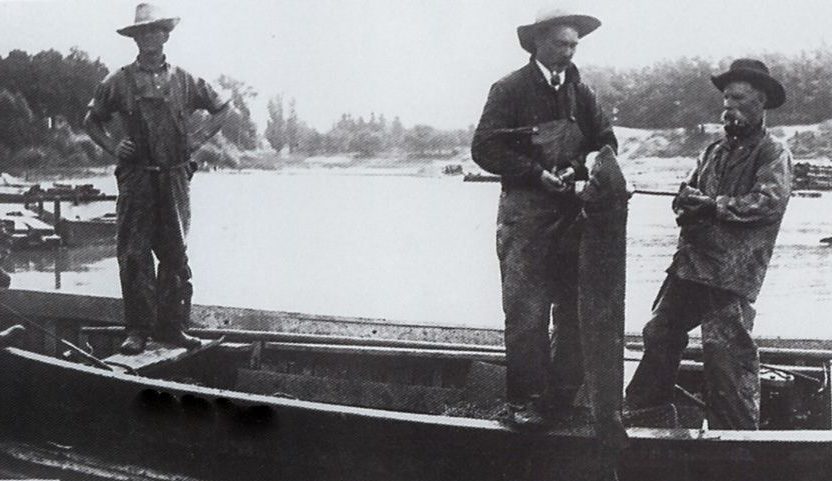
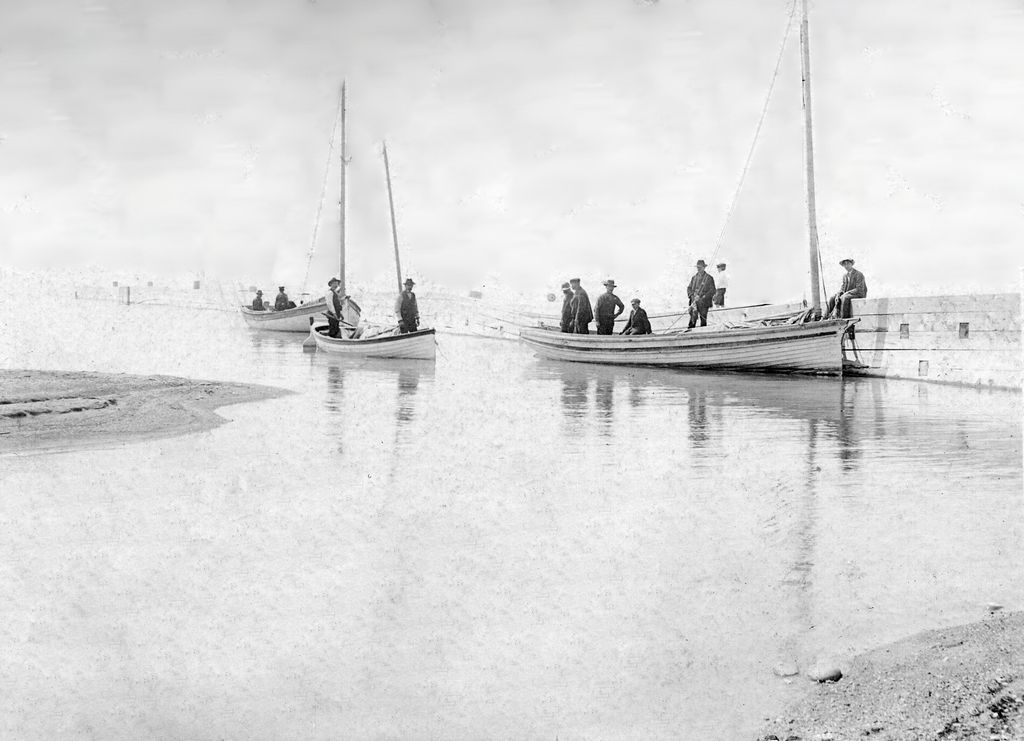
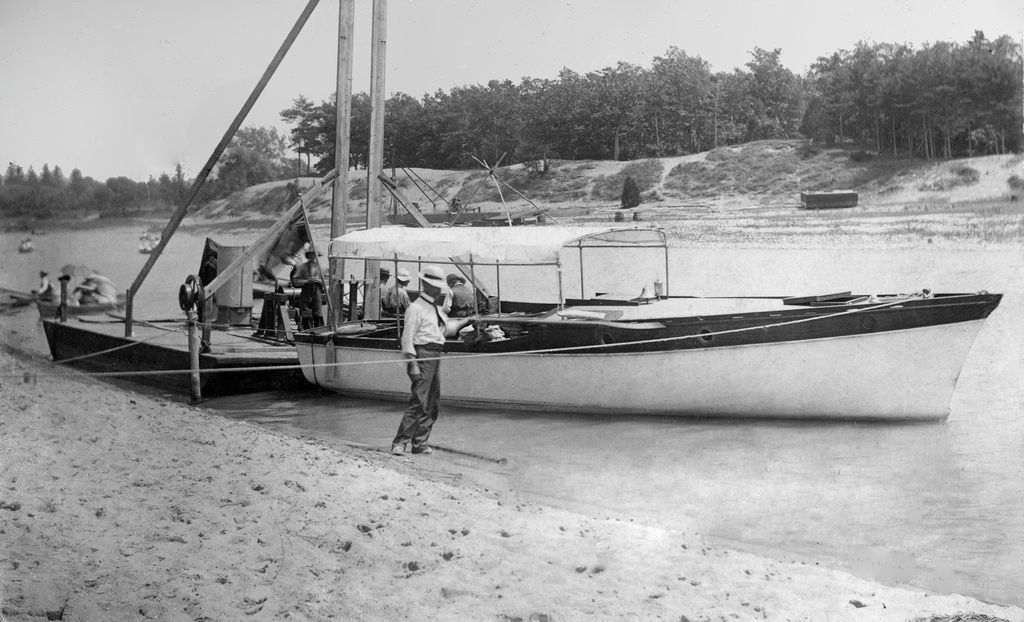
At the time, the waters surrounding Grand Bend were teeming with a number of fish, including herring and whitefish. For eight months of the year, fishermen spent their days rowing out seine nets, setting the large looped meshes out along Grand Bend beach, and hauling in the crop. Sometimes, the nets were so heavy with fish that harnessed horses were used to haul them in.
As time progressed, commercial fishing became more advanced. These changes also lead the Canadian Department of Fisheries to crack down on the number of fishing licenses issued. Many smaller commercial fishermen and their businesses did not see their licenses renewed and were no longer viable in the area.
Grand Bend Beach
Looking to turn its sights on a different industry, Grand Bend started to grow its tourism. Since the 1870s, people have been travelling to Grand Bend seeking sand and surf. In the early 1900s, the village supported multiple general stores, a public school, two churches, two blacksmith shops, a post office and two hotels. Grand Bend Beach was also a popular destination for many company picnics. In the 1920s, Detroit’s Ford Motor Company was known to hold their annual company picnic in Grand Bend.
The area really started to take shape after Frank Salter visited in 1929 when taking shelter from a storm. Salter was a well-known lake resort and country club developer that saw the potential to create an all-inclusive luxury resort in Grand Bend.
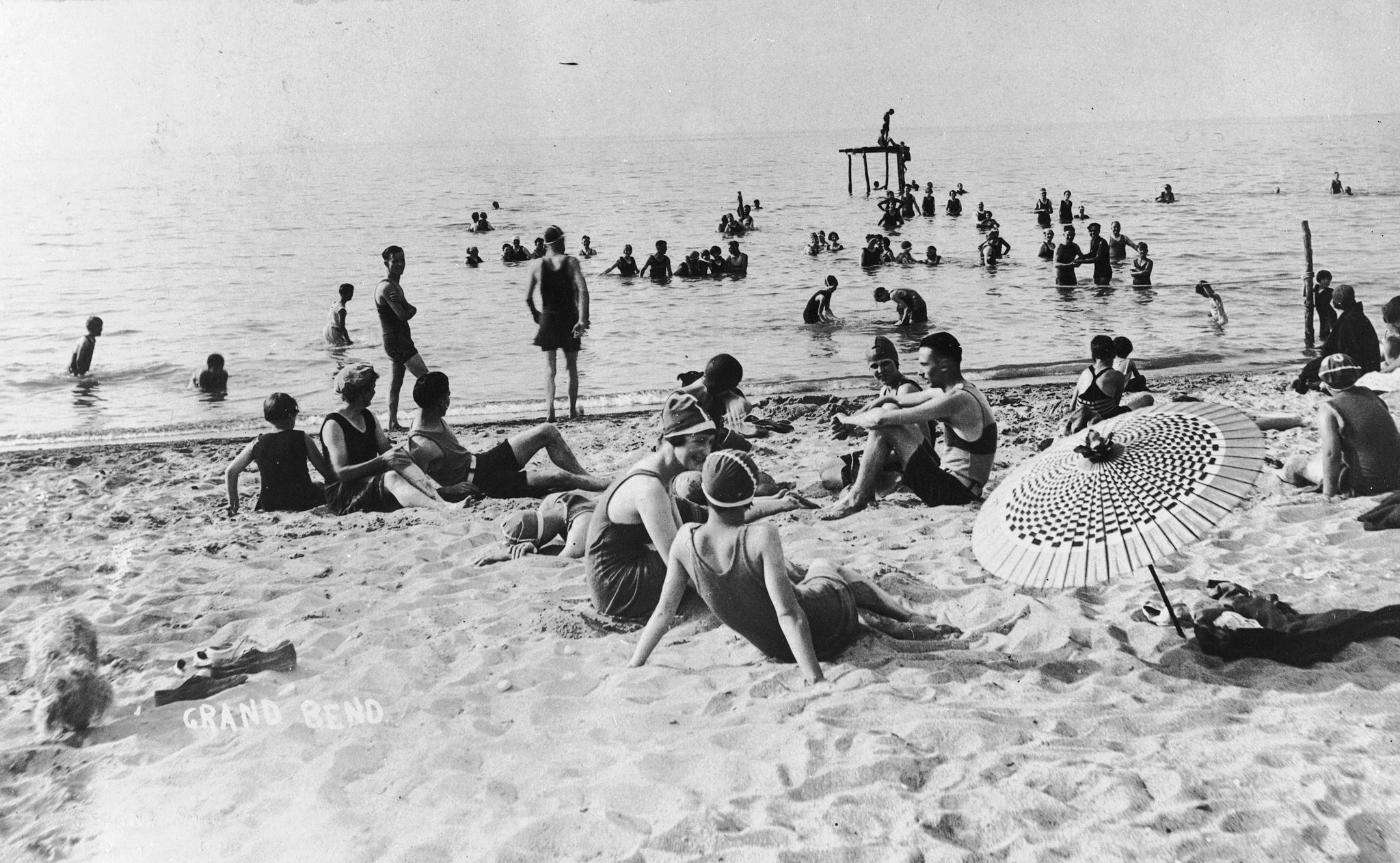
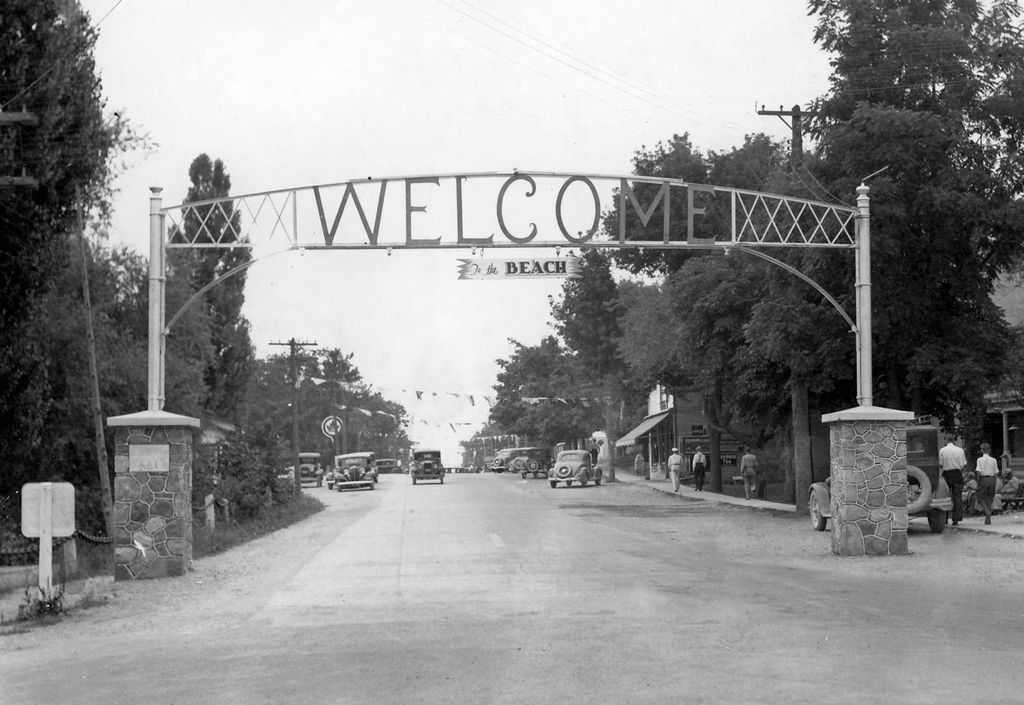
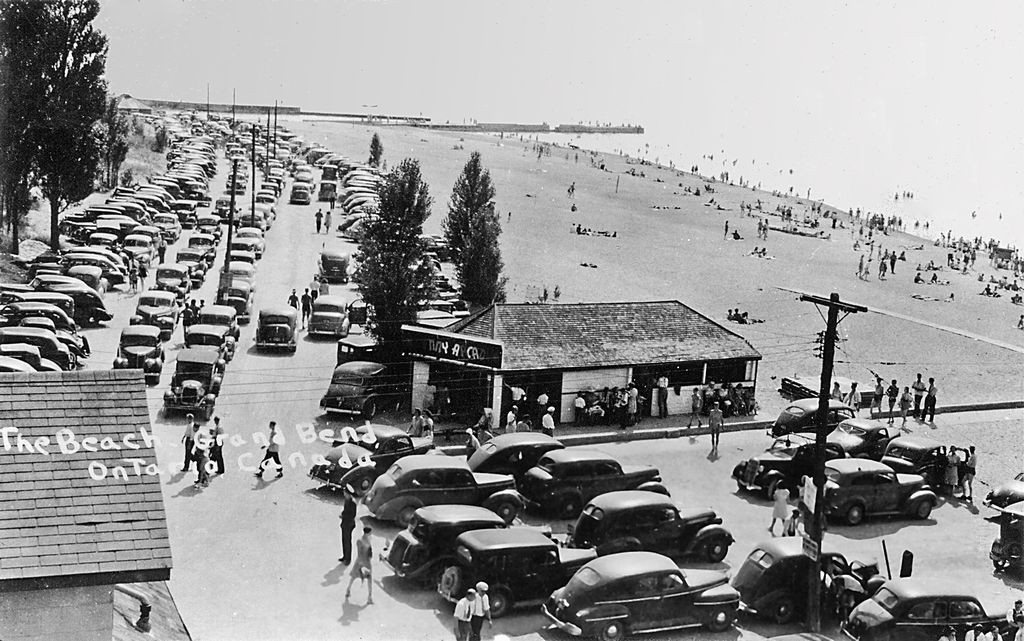
Despite being an integral part of the growth of the area, Salter’s Beach O’ Pines private community was the site of what is considered one of the most important real estate and civil rights cases in Canadian history. In the 1940s, the Supreme Court of Canada struck down a restrictive covenant that prohibited the ownership of lots or cottages by specified ethnic and religious minorities.
Today, Grand Bend Beach welcomes thousands of visitors each year. The premier blue flag beach is situated on the shore of Lake Huron and is one of the liveliest in Ontario. The warm fresh water and 20 acres of expansive sandy beach make it the perfect place to enjoy a day of relaxation under the sun. Plus, the beach is just a short walk away from a variety of restaurants and shops along the town’s main strip.
Grand Bend Today
The Lambton Heritage Museum is home to several historic buildings and artifacts from across Lambton County. Fred Walden and Peter Eisenbach encouraged Lambton County Council to build a museum near the provincial park to provide a location for people to learn more about the community. This dream became a reality in 1978 when the museum opened, creating a place where visitors can come to appreciate the area’s history.
At the time of its founding, the museum displayed Eisenbach and Walden’s private collections, but the building is now home to more than 25,000 artifacts and 10,000 photographs depicting the history of Lambton County. Today, Lambton Heritage Museum visitors can explore large indoor and outdoor collections that include numerous tools, antique engines, farm equipment, and more items from around the county.
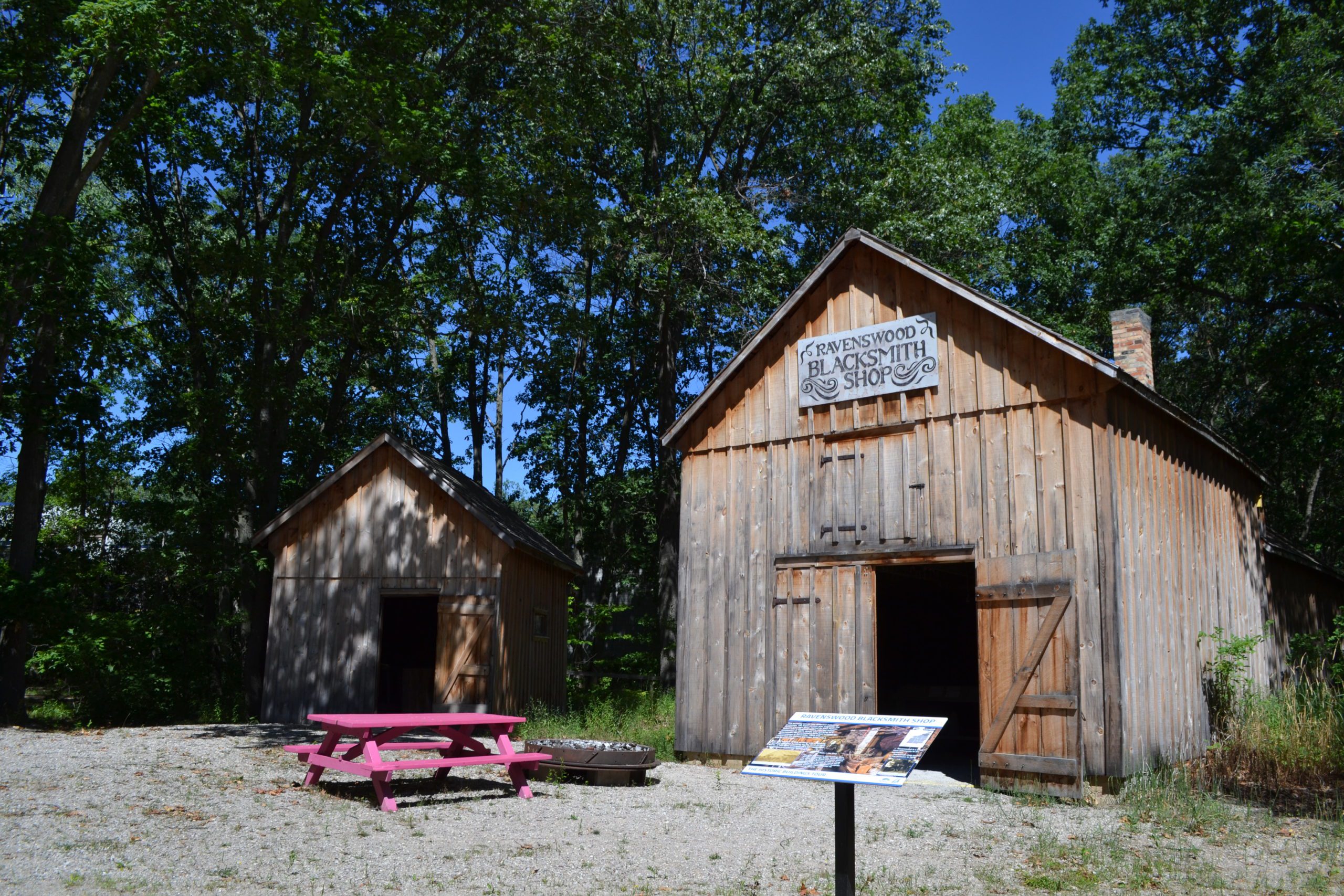
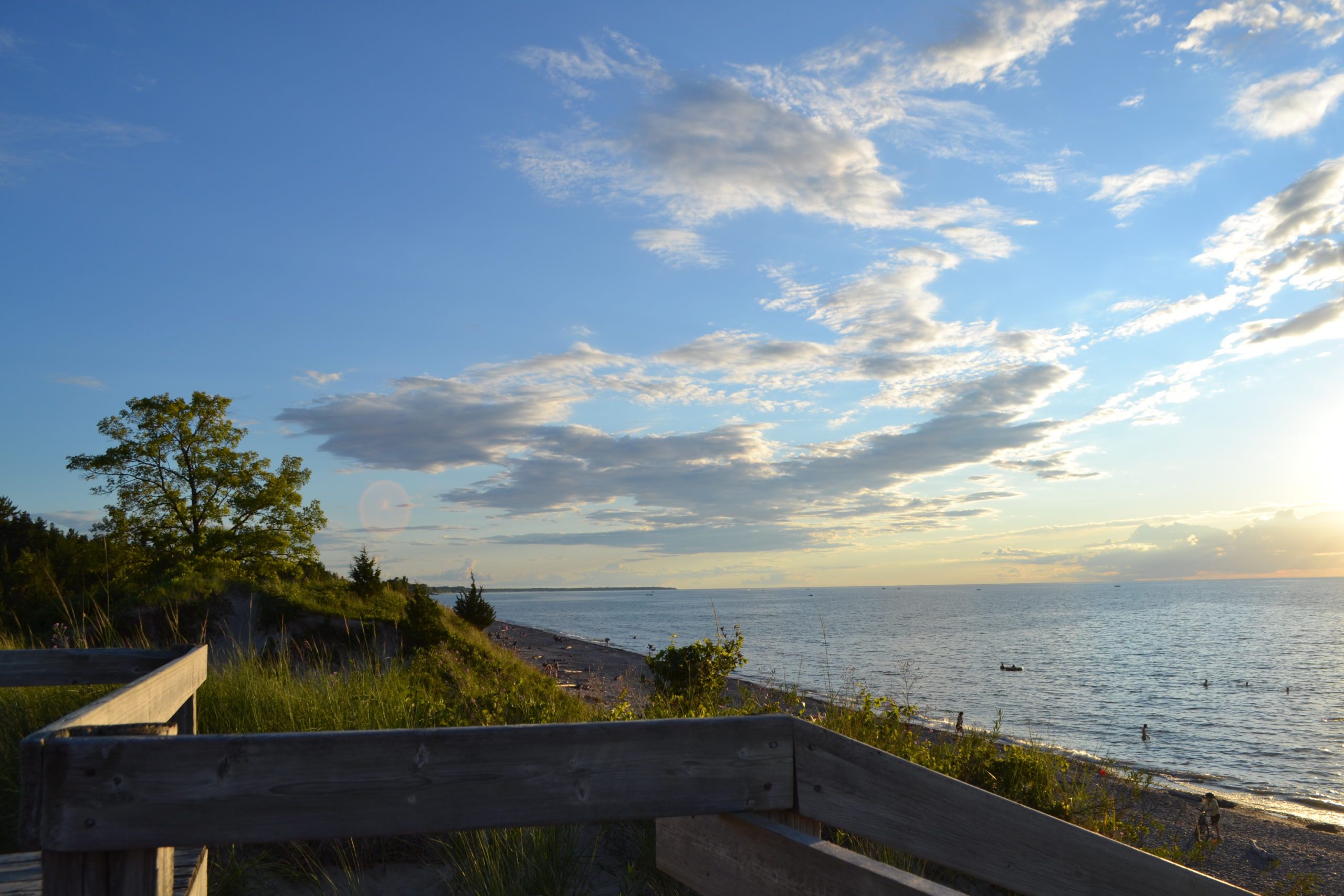
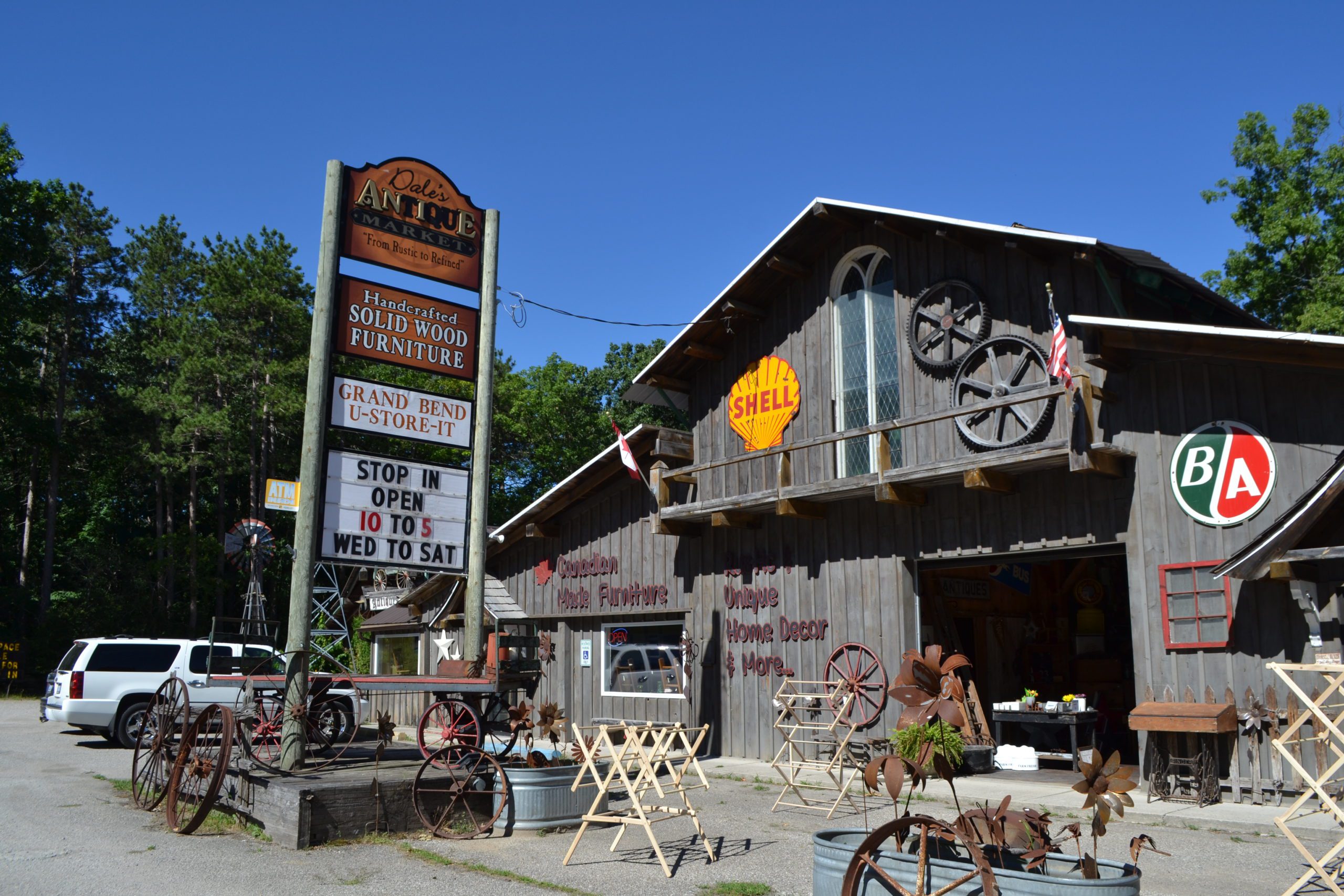
Pinery Provincial Park is a stunning area along Lake Huron that features sandy beaches, numerous nature trails, canoeing, kayaking, fishing, and more. In 1826, the Canada Company purchased the land known as the Huron tract from the British Crown. The initial package of land for the park was purchased from the Canada Company in 1957. Two years later, the Pinery was first used by the public. With its outstanding natural features, the area is known as one of the finest provincial parks in the entire province.
Dale’s Antiques and Mennonite Furniture offers a wide range of antiques and home decor items, as well as hand-crafted Canadian-made Mennonite furniture. The store has been in operation since 1988, and in 1999, Todd and Tina took over the family business. When visiting, you’re sure to find many unique pieces that are perfect for your home.
Eating at Denny’s Drive-In is a tradition for most visiting Grand Bend. The restaurant is a summertime favourite for many and has been around since 1988 when it was opened by Dennis and Brenda Mathers. Valerie Boland took over the business in 2010 and has continued the legacy of Denny’s delicious food and incredible customer service.
Grand Bend continues to be one of the best beach destinations along Lake Huron. The area has a small year-round population that swells during the summer, welcoming visitors from all over to enjoy what the town has to offer.
All archival images courtesy of Lambton Heritage Museum. A big thank you to Dana Thorne from the Lambton Heritage Museum for providing me with more information about the area and Valerie Boland for her information about Denny’s Drive-In.


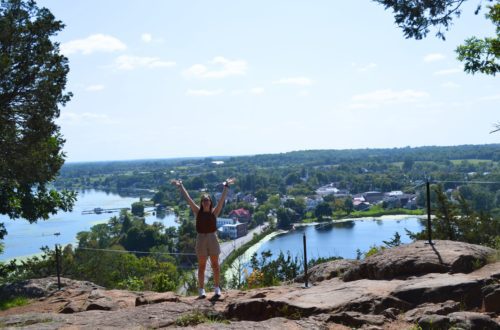

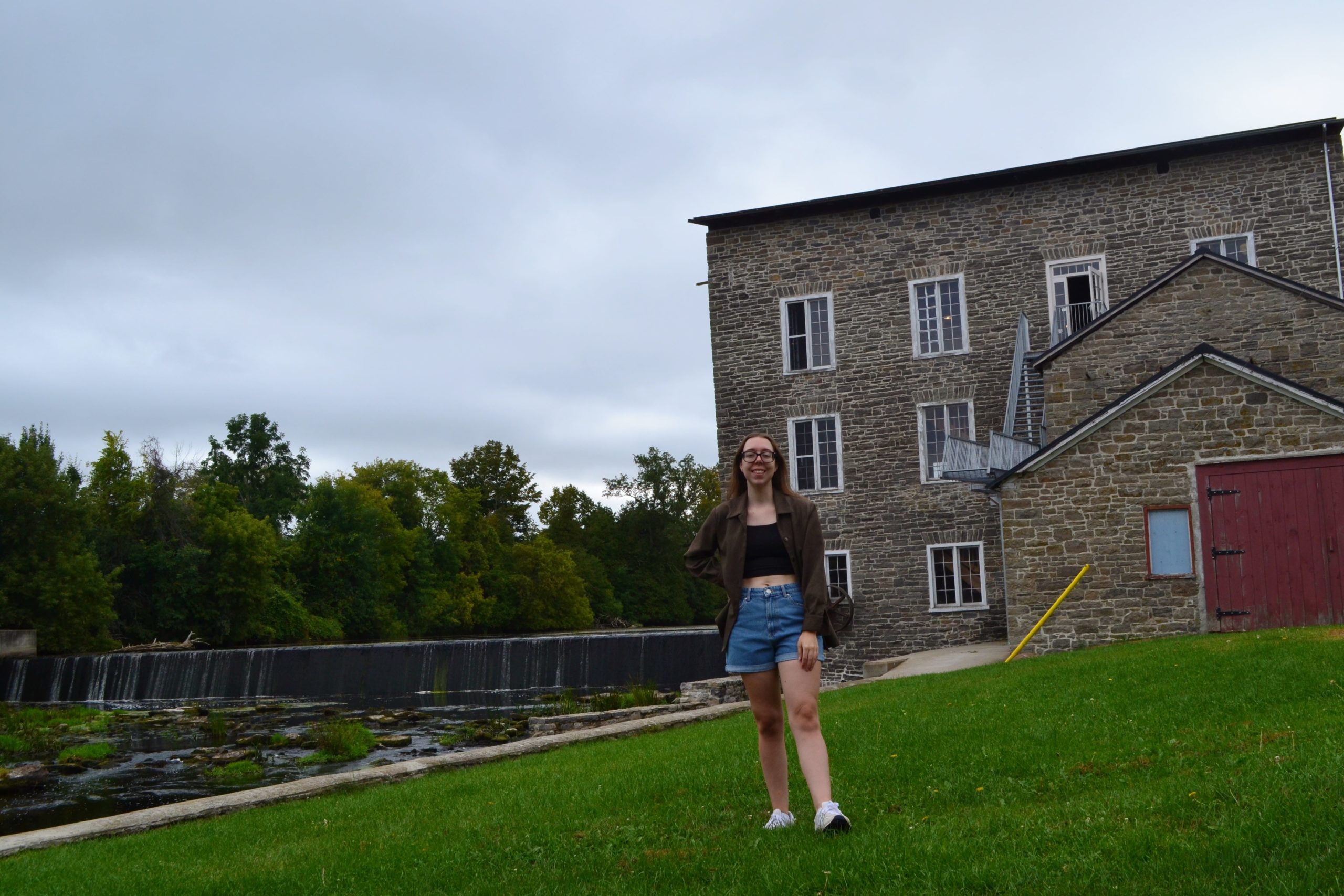
2 Comments
Darrell Laird
I would be interested to know if the names are known of the pictures of the fishing boats? My ancestors where fishermen and boatbuilders out of Drysdale, Grand Bend and Port Franks.
My great great grandparents were Alexander and Philomene ( DaRosia ) Granville and they lived inDrysdale, Huron county. Secondly Port Austin, Huron County, Michigan for about twelve years until the great firer devastating the thumb and they decided to move back to Port Franks. His trade was a Cooper Barrel maker, and had a reputation for excellent craftsmanship. He was busy making wooden barrel to ship the fishery catches. The Granville families were also involved in boat building on Lake Huron.
Darrell Laird
smalltowncanada
Hi Darrell, thank you for your comment and for reading my article! I just sent you an email with some more information about where I got the images from. I hope that helps.